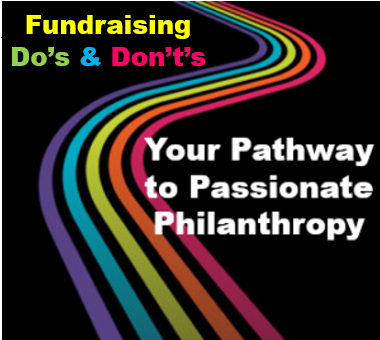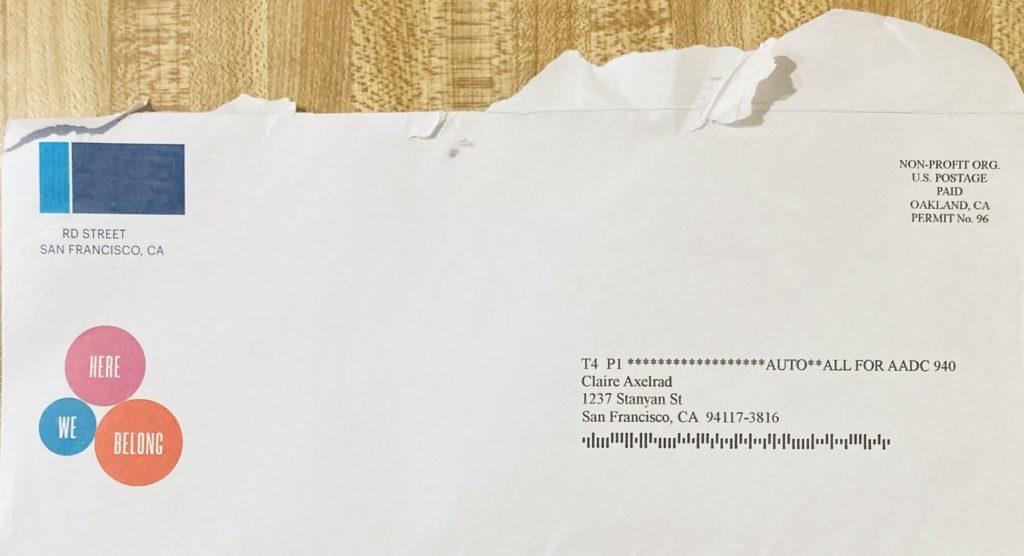How to Use the Multiplier Effect to Inspire Annual Giving
 Remember learning your multiplication tables? The concept is powerful for fundraising!
Remember learning your multiplication tables? The concept is powerful for fundraising!
People love to S-T-R-E-T-C-H their dollars.
This is the basic psychology underlying “BOGO” (Buy One; Get One free) and “2 for the price of 1” sales. For a variety of reasons, we’re crazy about getting a good deal!
If I get more for my money, that’s smart.
It’s frugal to find ways to leverage our family’s spending.
I like to use my money in the most effective way I can.
It’s easy to apply these desires – to be smart, frugal and effective — to the creation of compelling fundraising offers.
All you have to do is go back to third grade!
2 X 1 = Twice as much!
Why not put that education to use in order to create your most compelling fundraising appeal? An offer your donors will have trouble refusing!
When you show your donors how you can leverage their donation to accomplish more than they even imagined, you greatly increase the likelihood they will respond to your call to action.
Let’s take a look at the best ways to accomplish this objective.
Details



 Taking the time to look at your fundraising message with a critical eye can help you raise a lot more money.
Taking the time to look at your fundraising message with a critical eye can help you raise a lot more money.
 Did you ever wonder if there is a foolproof way to communicate with donors?
Did you ever wonder if there is a foolproof way to communicate with donors?




 Studies show
Studies show 

 Today I’m going to tell you how to create a fundraising appeal that’s all about your donor’s happiness.
Today I’m going to tell you how to create a fundraising appeal that’s all about your donor’s happiness.